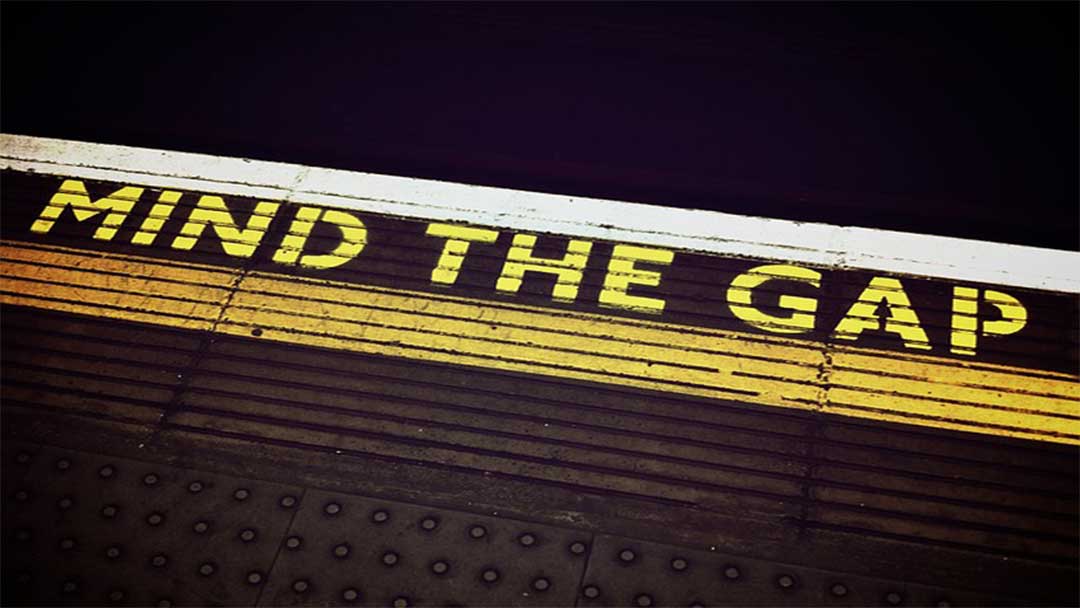Before we jump into what an appraisal gap is, let’s briefly review what an appraisal is and the role it plays in a real estate transaction.
Whenever a person uses a loan to purchase a property the lender will require that an appraiser conduct a thorough review of the property and offer their opinion of the value.
There are three different methods an appraiser can use to determine the value.
These methods include:
- The Sales Comparison Approach
- Income Producing Approach
- Replacement Cost Approach
What is a Real Estate Appraisal Gap?
 Once the real estate appraisal is complete, the appraisal report is sent to the lender and then to the underwriting team overseeing that particular loan.
Once the real estate appraisal is complete, the appraisal report is sent to the lender and then to the underwriting team overseeing that particular loan.
The underwriting team checks to ensure there is nothing obscure within the report and that the value is equal to or more than the amount the buyer is borrowing. Real estate appraisal gaps occur the loan amount a buyer is borrowing is more than the appraised value of the home.
If there are no appraisal gaps, then the underwriting is approved and the loan continues to move towards the three words every buyer and realtor wants to hear, “Clear to Close!”
What Happens When an Appraisal Returns Too Low?
If there are issues that arise within the report that need further clarification, the appraiser will likely work with the realtors involved in the transaction to remedy any issue.
If an appraisal gap does transpire and the value of the property after an appraisal is lower than the amount being borrowed, underwriting and loans will not necessarily get approved.
 This can be a very unfortunate experience for all parties involved, however, that does not mean the deal is dead.
This can be a very unfortunate experience for all parties involved, however, that does not mean the deal is dead.
In the past, the seller would often reduce the sales price to the appraised value or the seller would get to work on some weekend projects to boost home resale value.
This trend started changing as more and more cash buyers entered the market. When a buyer uses cash for the purchase an appraisal is not required.
With the supply extremely low and demand at an all-time high, sellers in today’s housing market can be very picky.
Unfortunately for buyers needing a loan for the purchase, this trend made it nearly impossible to beat out an all-cash offer.
The Appraisal Gap Addendum
 Then something amazing entered the scene and evened the playing field between cash buyers and loan buyers The Appraisal Gap Addendum!
Then something amazing entered the scene and evened the playing field between cash buyers and loan buyers The Appraisal Gap Addendum!
In order to be competitive in the current market, most properties will receive offers over the asking price, especially if a bidding war occurs.
This was somewhat of a concern for sellers that chose a buyer using a loan because if the house didn’t appraise to the value being offered, then they would likely reduce the price and make less money or the deal would terminate.
Neither option was appealing, hence why so many cash offers beat out loan offers.
Now, buyers using a loan can submit their offer with an Appraisal Gap Addendum. This attorney-drafted document states that in the event that the appraised value is lower than the purchase price, they are contractually obligated to use their own funds to fill in the gap, up to a certain amount.
Covering the Gap
The amount that they will fill the gap is dependent on the amount of available funds and how far off the purchase price and appraised value will likely be.
The real estate agent should be able to advise on that amount based on their knowledge of the market and reliable comps.
Speaking from my own experience, this tool has helped countless buyers, using a loan, win in multiple offer situations

